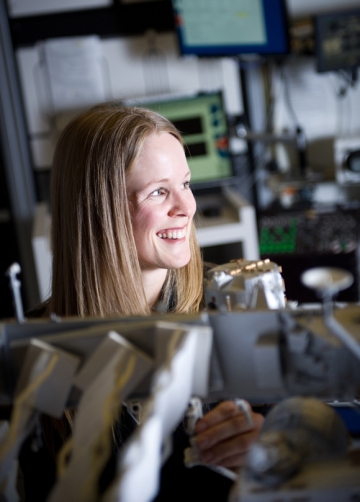
Jamie Sevigny
Career Profiles
Management Engineer
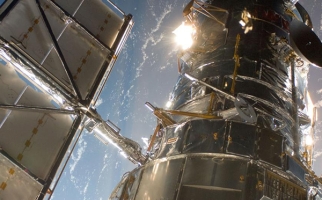
Airborne & Space Telescopes
Backgrounders
Learn about telescopes that do their work high in Earth’s atmosphere and in space.
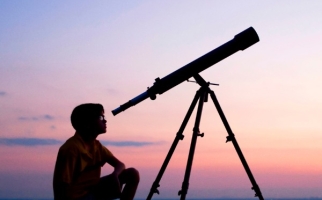
Optical Telescopes
Backgrounders
Learn about the history of telescopes and the function of refracting and reflecting optical telescopes.
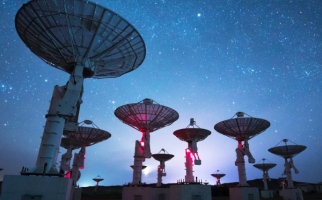
Radio Astronomy
Backgrounders
Learn about radio astronomy, a type of astronomy that studies objects in space using radio waves and radio telescopes.
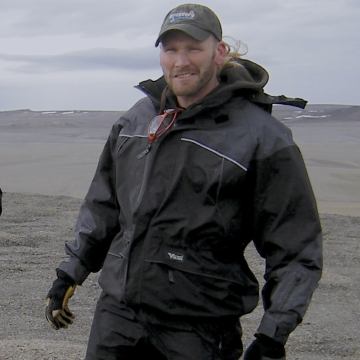
Thomas Graham
Career Profiles
Research Scientist, Space Farming
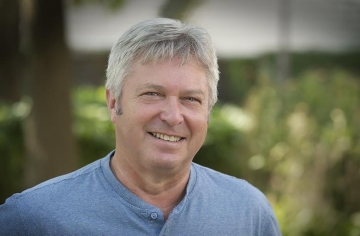
Mike Dixon
Career Profiles
Professor and Director of CESRF
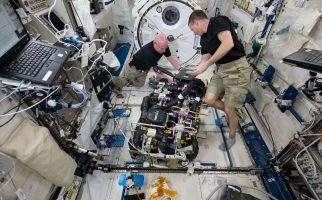
Carbon Dioxide on Earth and on the ISS
Backgrounders
Carbon dioxide is an important part of the air on Earth and in space. What is carbon dioxide? How is it measured? How can it affect us mentally and physically?
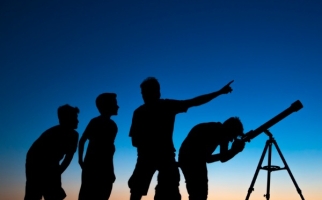
The Optics of Telescopes
Backgrounders
Learn about telescopes, how they work & why they're important to astronomers.
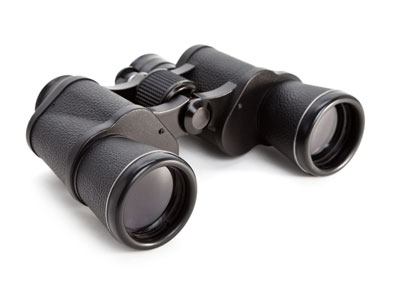
Why is everything so small down there?
Hands-on Activities
Explore how we see things far and near and from different angles. It's all about perspective!

What is your weight on another planet?
Hands-on Activities
Do you weigh the same on Jupiter as you do on Earth? Learn to calculate your weight on a different planet.
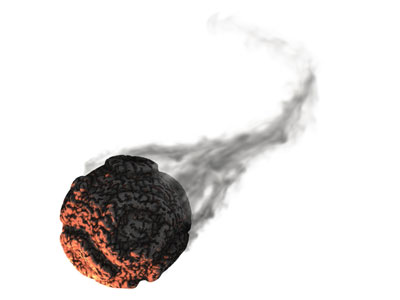
What would happen if a meteor hit Earth?
Hands-on Activities
Explore the effects of asteroid impacts in this hands on activity.
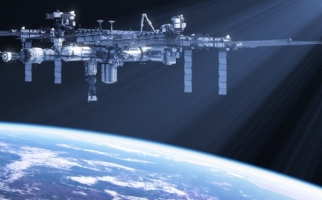
Temperature on Earth and on the ISS
Backgrounders
Temperature is an important part of life on Earth and life in space. This backgrounder explains what temperature is, how it affects people and how it is controlled on the International Space Station.
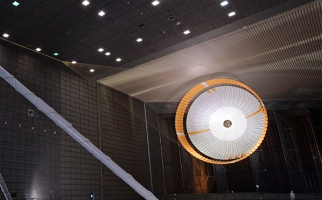
Testing Parachutes for Mars
STEM Explained
NASA engineers apply kinematics and dynamics to test parachutes designed specifically to help space probes land safely using aerodynamics.
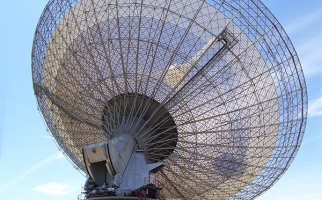
The Search for Extraterrestrial Intelligence - and How You Can Help!
STEM Explained
When astronomers search for extraterrestrial life, they often have to listen for radio waves coming from deep space. If you’re interested, you can help!
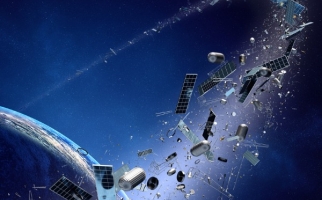
Space Junk
STEM Explained
Litter isn't just a problem on Earth. When litter ends up in space, it can cause collisions and other consequences for satellites, the International Space Station and even for people on Earth!